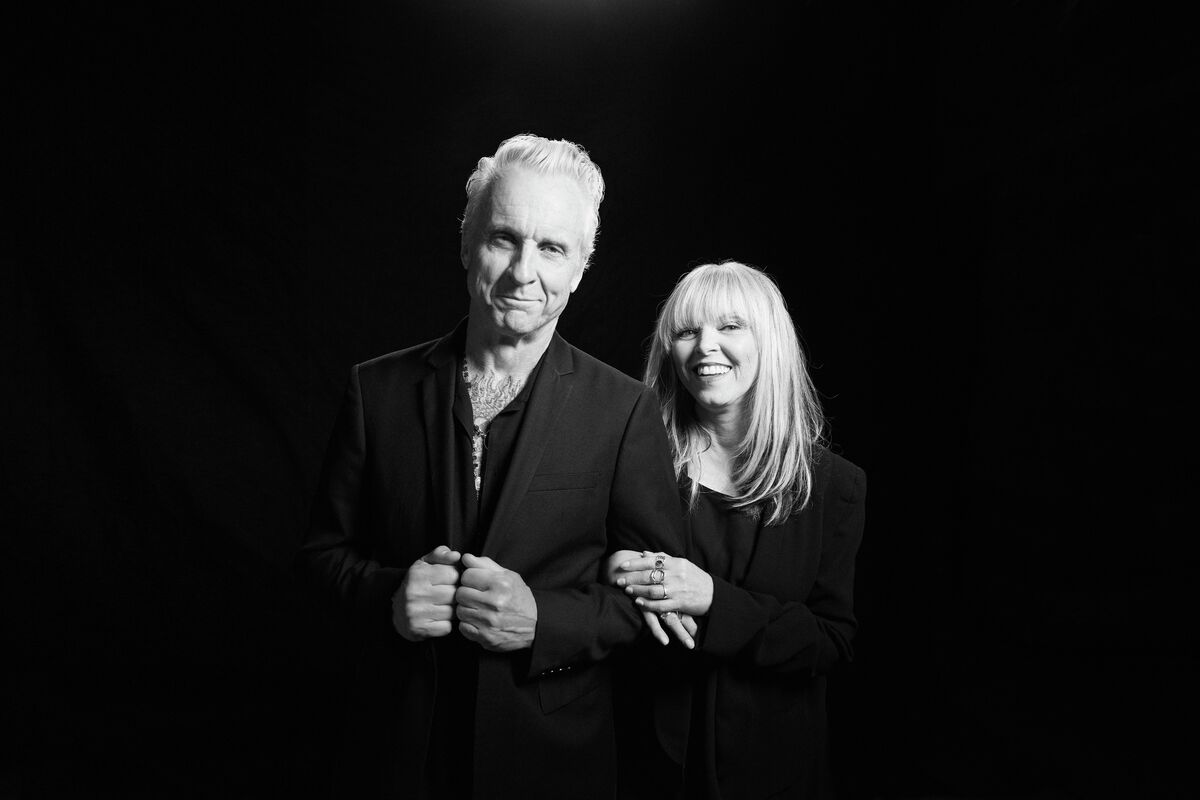Featured News - Current News - Archived News - News Categories
How to get the most out of this essential sun protection measure
Guest Editorial by The Skin Cancer Foundation
As summer heats up and we spend more time outdoors, The Skin Cancer Foundation would like to remind everyone how to use sunscreen safely and effectively as part of a sun protection routine.
“Though no single sun protection method is foolproof, research has shown that sunscreen use reduces your risk of developing skin cancer,” says Deborah S. Sarnoff, M.D., president of The Skin Cancer Foundation. “Understanding how to select the right product for you is the first step toward incorporating sunscreen application into your everyday routine.”
What’s on the Label?
Selecting a sunscreen can seem overwhelming – you’ll encounter many different formulations, and language on product packaging may be unfamiliar (and sometimes unpronounceable!). However, The Skin Cancer Foundation believes everyone can find a sunscreen that works for their skin and lifestyle. Deciphering a sunscreen’s label is the first step to finding your perfect match.
The first thing to consider is the sunscreen’s SPF, or sun protection factor. One way to think about SPF is in terms of percentages: SPF 15 filters out approximately 93% of all incoming ultraviolet B (UVB) rays. SPF 30 keeps out 97% and SPF 50 keeps out 98%. A sunscreen with a minimum of SPF 15 is fine for daily use, but if you’re spending an extended amount of time outdoors, pick a water-resistant formula with an SPF of at least 30.
The second thing to check for on a label is the term “broad spectrum.” It’s vital that your sunscreen offers broad-spectrum protection, which means the product protects against both UVA and UVB rays. Both types of UV rays penetrate the skin and cause damage that can lead to skin cancer, so if a sunscreen only screens out one type, you’re leaving your skin vulnerable.
Once you’ve decided on your SPF and checked that a product is labeled “broad spectrum,” you can decide on other qualities based on personal preference and lifestyle. For example, check the list of active ingredients on the bottle. Look for a physical filter (zinc oxide or titanium dioxide) if you have sensitive skin – they’re less likely to cause skin reactions than chemical ingredients. Many sunscreens combine both chemical and physical filters.
You can also look for the formulation and product “feel” that is right for you. There are quality sunscreen options available in lotions, gels, sticks and sprays. Many offer tinting, antiaging ingredients, a dry “sports” feel or benefits for acne-prone skin. The most important part is using the product correctly.
How Much, How Often?
You’ve selected an appropriate SPF, made sure your sunscreen is a broad-spectrum formula and found a product that you like. But it won’t protect your skin if you don’t use it properly, so understanding application is a must. Use one ounce of sunscreen, about the amount that would fit into a shot glass, to cover the entire body. For the face, a nickel-sized dollop works. Slathering on sunscreen in the morning isn’t enough to protect you all day though – when you apply matters. The Skin Cancer Foundation recommends applying sunscreen 30 minutes before going outside, then reapplying every two hours and immediately after swimming or sweating. Water-resistant sunscreens typically offer 40 minutes or 80 minutes of protection while you’re in the water. No sunscreen is truly waterproof, however, so in these situations, be aware how long the product claims to protect against moisture and keep an eye on the clock. With reapplication, a person should use up one four-ounce bottle of sunscreen during a long day outdoors.
To find products that have earned The Skin Cancer Foundation’s Seal of Recommendation for safe and effective sun protection, visit www.SkinCancer.org/recommended-products.
Safe Sunscreen: One Part of Sun Protection
Now that you’ve picked out the sunscreen that’s right for you, it’s important to remember that no single sun protection method can protect you completely. The Skin Cancer Foundation has always recommended a multipronged approach to sun safety. Though using sunscreen is a crucial part of any sun protection routine, it’s also important to seek shade and cover up with clothing, including a broad-brimmed hat and UV-blocking sunglasses.
About The Skin Cancer Foundation: The Skin Cancer Foundation saves and improves lives by empowering people to take a proactive approach to daily sun protection and the early detection and treatment of skin cancer. The mission of the foundation is to decrease the incidence of skin cancer through public and professional education and research. Since its inception in 1979, the foundation has recommended following a complete sun protection regimen that includes seeking shade and covering up with clothing, including a wide-brimmed hat and UV-blocking sunglasses, in addition to daily sunscreen use. For more information, visit www.SkinCancer.org.





























